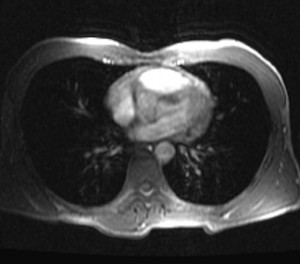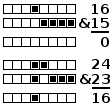I work with medical images, and that means a lot of work with medical image file formats. DICOM is the big one, since it is the industry standard, but I've also spent a lot of time with MINC and NIFTI, which are central to research within the clinical neurosciences. This post regards NIFTI, which is both the simplest format of the three, and at times the most vexing. NIFTI is a fixed header format, so each piece of information resides at a specific byte offset within the file. Writing code to read or write such a file should be easy, in fact that is exactly why it uses a fixed header. However, the use of a fixed header causes problems with the evolution of the format.
When it came time to make a "NIFTI-2" specification, it was necessary to create a completely new header structure that was incompatible with the old one. This means that old NIFTI-1 software cannot read the new files, and new NIFTI software has to essentially contain two decoders: one for NIFTI-1, and one for NIFTI-2. Also, the people who wrote the NIFTI-2 header goofed: the header contains elements that must be 8-byte aligned (i.e. 64-bit aligned), but the header itself is 540 bytes long, which is not divisible by 8. This means that, whenever a 64-bit compiler creates a nifti_2_header struct in memory, it allocates an extra 4 bytes of padding. If one calls sizeof(nifti_2_header) on a 64-bit machine, it returns 544 instead of 540. On my first attempt to read a NIFTI-2 file, I used read(sizeof(nifti_2_header)) and ended up reading 4 bytes too many! The silliest part of this is that the last element of nifti_2_header is just a 15-byte space reserved for future expansion, so they could have reserved 19 bytes instead and avoided this issue altogether! As a "solution", the official NIFTI-2 header uses the dangerous "#pragma pack(1)" setting to force the compiler to forgo alignment in favor of making sizeof() return the desired value.
Even before NIFTI-2 arrived, there were problems because the NIFTI-1 header was based on the old Analyze-7.5 header, but it had to "repurpose" several header fields in incompatible ways. This meant that, by avoiding these fields, people could write NIFTI files that could be read by software designed for Analyze-7.5 files. Conversely, it was altogether possible to write NIFTI files that were, essentially, corrupted Analyze-7.5 files. That is why fixed-header file formats are bad. Instead of simply obsoleting old header fields and adding new ones, any significant evolution of the format requires changing the header in incompatible ways.


